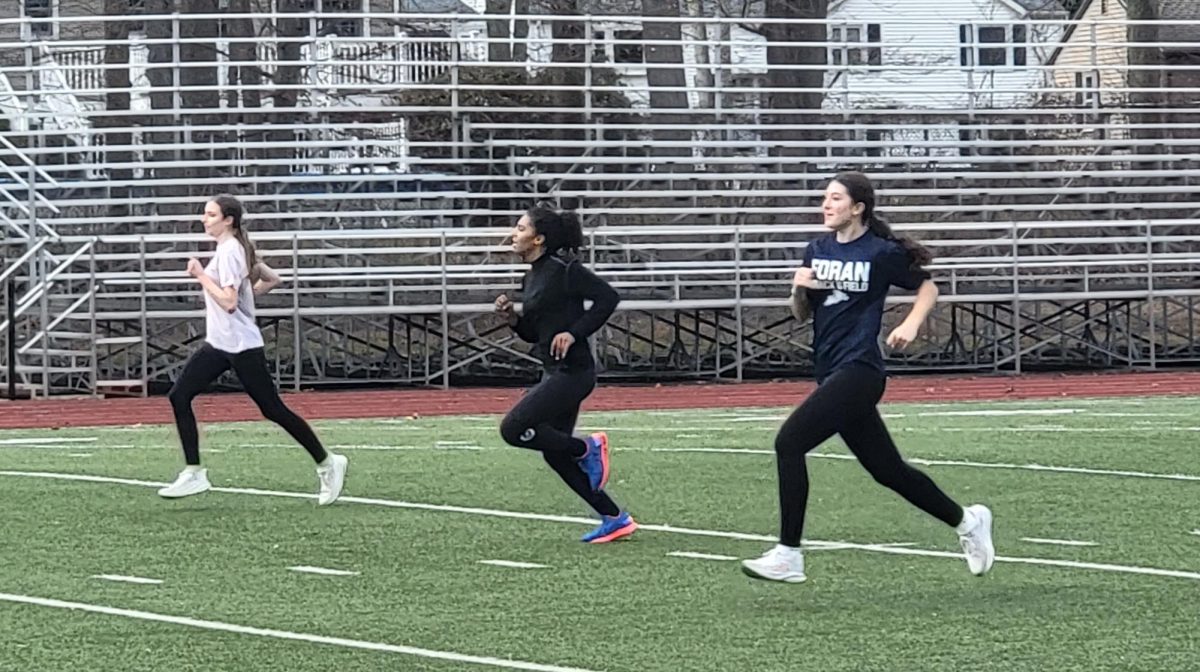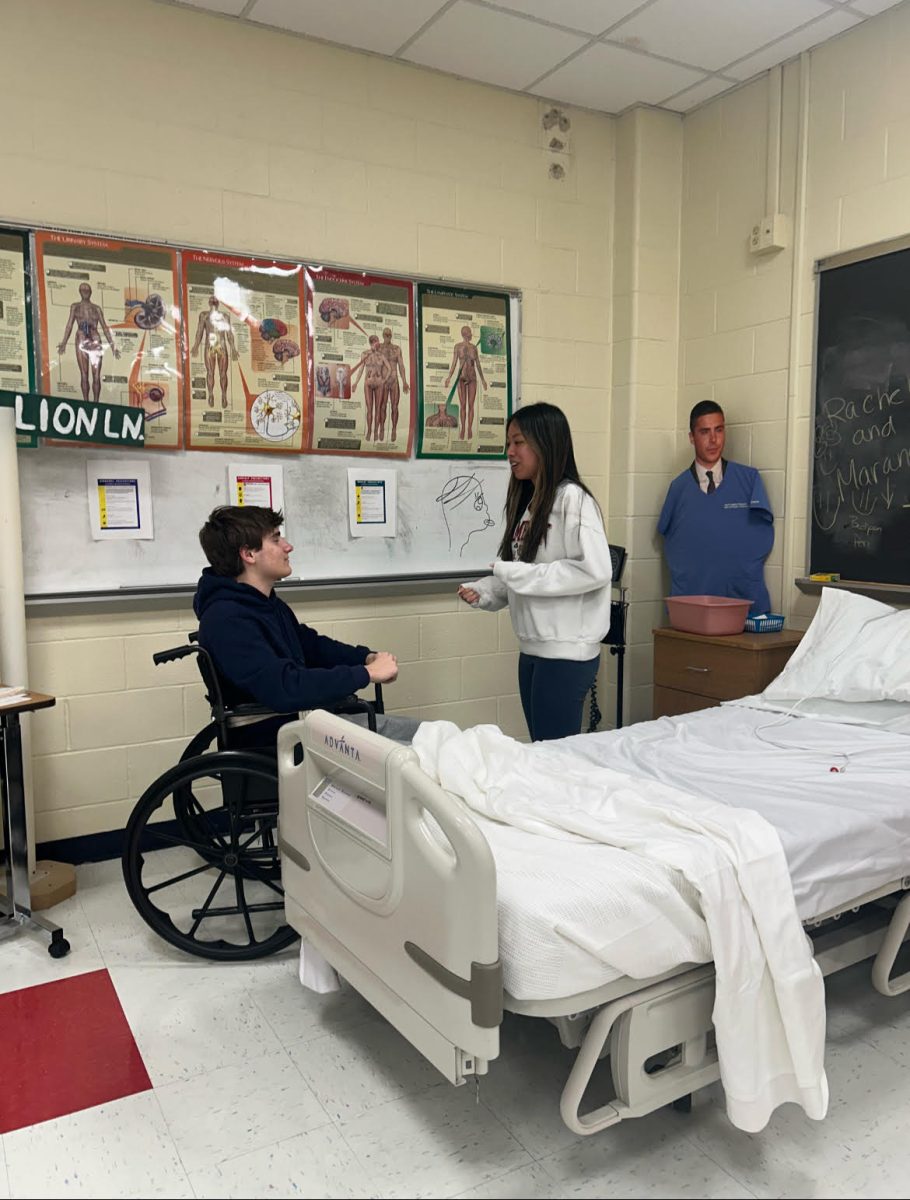Spring is here and with that comes the excitement of spring sports. Whether it’s on the track, tennis courts, or the fields, athletes are gearing up for the season ahead. While the thrill of competition can be inspiring, it’s important to recognize the intensity that is demanded, and that the season may prove difficult if one doesn’t prepare beforehand. But what does this look like and how can it help?
Due to how physically engaging sports are, it is recommended that student-athletes try exercises that involve strength training, agility training, and plyometrics (repeated types of exercises that use speed and force of different movements to build muscle power). The degree on how much someone trains in these types of exercises depends on what type of sport they participate in as well, and even the position they play.
Different sports require different types of conditioning, so athletes should focus on exercises that align with the physical demands of their sport. Strength training, agility training, and plyometrics (exercises that use speed and force to build muscle power) are all essential components of a well-rounded training program. The emphasis on each of these training areas will vary depending on the sport and the specific position an athlete plays. For example, sports like football and wrestling are physically demanding and require a lot of strength and power. Therefore, athletes in these sports may benefit more from strength training than agility drills.
On the other hand, sports such as lacrosse and track demand more agility, quick movement, and explosive speed. Athletes in these sports need to focus more on agility training and plyometrics to develop quick reflexes, balance, and muscle power for sprints and sharp cuts. By tailoring training to meet the specific demands of their sport, athletes can enhance their performance while minimizing the risk of injury.
By building up the necessary muscles for a sport, it can significantly reduce the possibility of injury, severe or otherwise. According to CrozerHealth, high school athletes average about 2 million injuries, 500,000 visits to the doctor, and 30,000 hospitalizations each year.
This indicates that many who participate in a school sport don’t condition themselves properly for the physical activities they have to face and push themselves to a level their bodies can’t handle.
Preventing this can look like regular weight-training, focusing on proper warm-up and cool-down stretches, and even getting enough sleep and nutrients.
Gym teacher and boys Cross Country coach Mr. Thomas Hair gives some advice to athletes: “Stick with the basics of training in your sport because the professional athletes that you see today still do them,”
Elite athletes like Lionel Messi, LeBron James, and Tom Brady didn’t reach their levels of success by skipping fundamental exercises and drills. In fact, they dedicate themselves to perfecting the basics every day, demonstrating that consistent practice and training are key to staying injury-free and reaching peak performance.
When preparing, it is best to go at a slower and steady progress and be careful not to over-train, listening to one’s body for signals such as fatigue, decreased performance, poor sleep, and increased muscle soreness.
Hair says that the easiest and most common cause of injury is a student “doing too much” in the first week, causing them to start off with a hard season of constant recovery.
It’s important for an athlete to know their limits and when to take breaks. One way of identifying one’s personal limit is if they start to break form during drills or exercises and can’t physically continue.
Sports are not only physically demanding, but they can also be mentally taxing. Athletes need to stay focused, motivated, and prepared to face the challenges of their sport. In this way, athletes should communicate with their coaches to ensure they are properly approaching the physical and mental demands of their training. Coaches can offer guidance on how to balance physical conditioning with rest and recovery, as well as how to stay mentally strong throughout the season.
By listening to their bodies, focusing on the basics, and seeking advice when needed, student-athletes can set themselves up for a successful season. It’s important to remember that training is not a race to be the fastest or strongest in the shortest time possible.
Instead, it’s about gradual improvement and building the strength, endurance, and mental resilience required to perform well and stay injury-free. By pacing themselves, avoiding overtraining, and taking care of their bodies both physically and mentally, athletes can reduce the risk of burnout, improve their performance, and make it through the season in one piece. Ultimately, it’s about smart training and a sustainable approach to athleticism.









